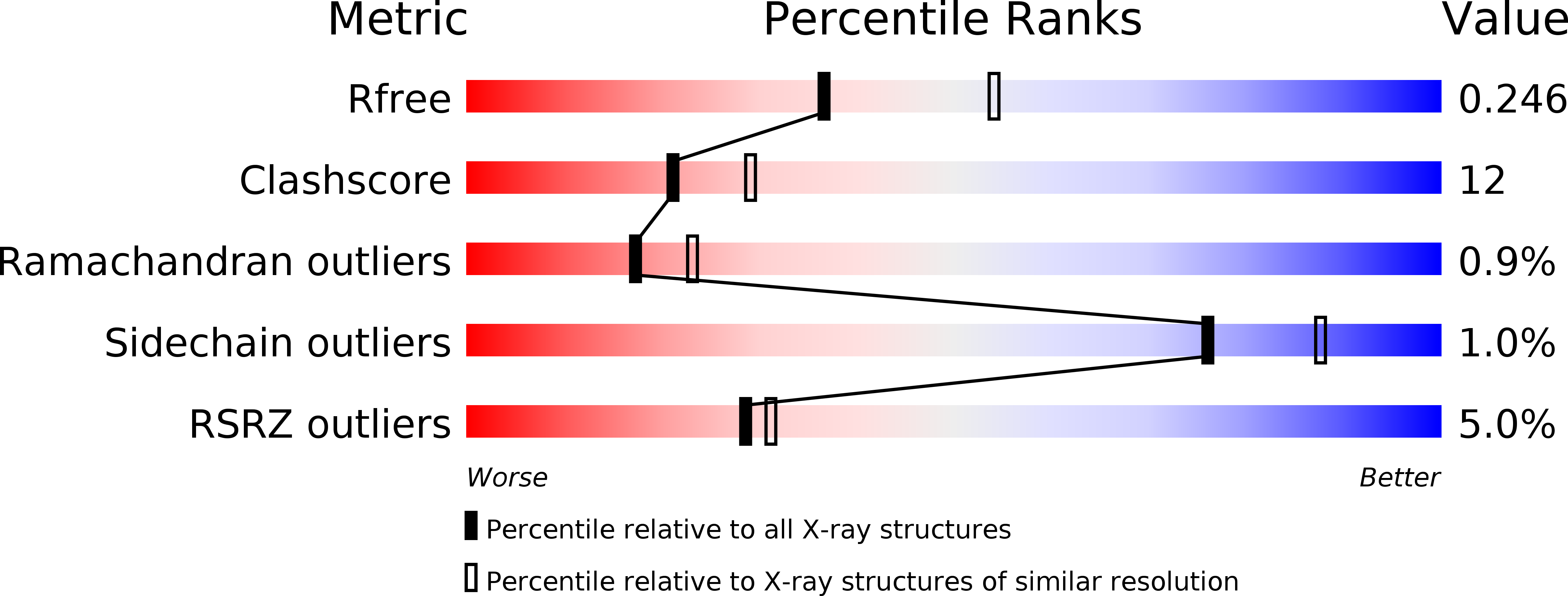
Deposition Date
2009-08-02
Release Date
2009-09-22
Last Version Date
2024-11-13
Entry Detail
PDB ID:
2WP2
Keywords:
Title:
Structure of Brdt bromodomain BD1 bound to a diacetylated histone H4 peptide.
Biological Source:
Source Organism:
MUS MUSCULUS (Taxon ID: 10090)
Host Organism:
Method Details:
Experimental Method:
Resolution:
2.37 Å
R-Value Free:
0.26
R-Value Work:
0.21
R-Value Observed:
0.21
Space Group:
P 21 21 21


